Role Play: Creating a storyline
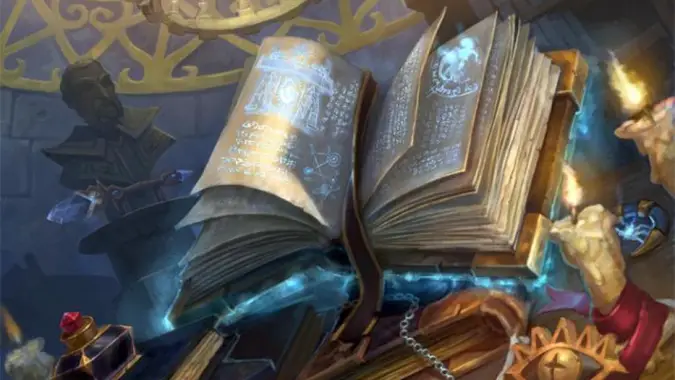
There are many different types of roleplay available out there for players. Open-world roleplay is just a matter of finding people your character can interact with in a major city or out in the world. It’s spontaneous, and doesn’t really have a “point” beyond simple in-character interaction. Server events are large-scales parties or get-togethers that are open to people both in and out of guilds. Typically, these are like world events or in-game holidays — either a one-time occurrence, or on a weekly or monthly schedule.
And then there are storylines. Storylines can be a personal thing — something your character is trying to accomplish, with or without the help of others. Or they can be major events for a roleplaying group or guild. They can span a few weeks, a month, or even just a single evening if you aren’t looking to introduce a major ongoing plot. So how do you get a storyline started for a group or guild?
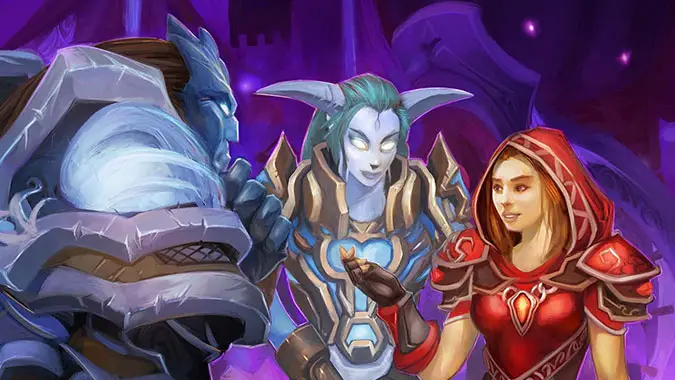
Inclusive ideas
The point of guild or group storytelling is pretty simple — you want to give your group a reason to get together and roleplay. More importantly, you want to give these characters a reason to work together and interact. With that in mind, you want to be inclusive when you come up with a story idea. The last thing you want to do is shut anyone out.
Since the main point of a story event is to get everyone interacting, you want to give them something tangible to do. You’re looking for a plot point that will get everyone working together. Maybe a player character suddenly goes missing, and it’s up to your group to find them. Or there’s a catastrophic event happening, and your group needs to deal with the fallout. Maybe someone has discovered a treasure map, and the treasure needs to be found.
It doesn’t have to be something incredibly dangerous — it just has to be a cause that everyone in your group could potentially be interested in. You can split the action out over several weeks, or restrain it to a single evening if you’d like. Just make sure that it’s something that can feasible be resolved, one way or another.
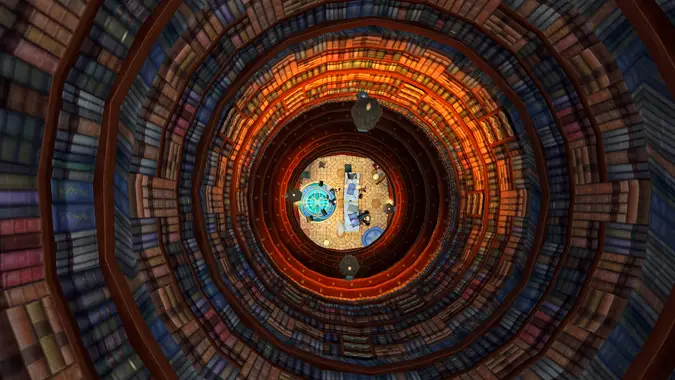
Structured storytelling
Once you have a good plot idea, it’s time to fill it out a little. Every story needs a beginning, middle, and end — the beginning and end parts are the easiest to figure out. Introducing your group to a plot can be done by your character, or you can create your own NPCs for that purpose. You don’t need to roll a brand-new character for an NPC — they don’t need to be physically present, as long as you’re writing their reactions. If you feel the need to physically include them, you can always use an alt for that purpose.
Every story should have some kind of feasible conclusion, something that wraps up the plot. You can leave elements open-ended for future potential storylines, too, if you’d like. But you want to give your group the sense that they’ve accomplished something, be it good or bad. There should be some kind of closure that indicates your storyline is complete.
It’s the middle portion that gets tricky. You want to plan a way for your group to get from beginning to end. Ideally, you want to leave it fairly free-form — you don’t want a story on rails. You want to give your group room to make their own choices, and to figure out plot elements on their own. Drop clues and hints, but don’t make it obvious — nobody really likes a story on rails. If your group seems confused, a helpful word or two from your NPC or your character can nudge them in the right direction.
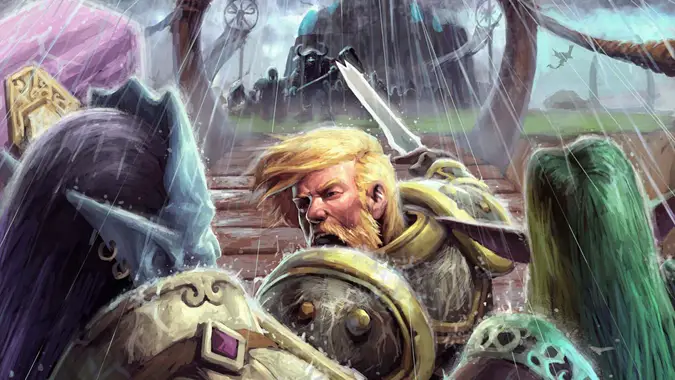
Story direction
As I said, your story can be one evening’s event, or it can be split across several weeks. But each event should have its own beginning, middle, and end as well. Think of it like a movie, or a season of television. One-time events should work like a movie — everything is resolved in one sit-down session. Storylines with multiple events should be treated like a television series, split up over time.{PB}
With multi-event storylines, you want to treat each event as its own “episode.” Give it a beginning, middle, and end as well. Each episode should feed into that main storyline, to progress the story forward. The episode doesn’t have to end with a firm resolution — it can end with a to-do list of things for your group to accomplish in between one episode and the next.
Just like television shows, you want each episode to be interesting. You also want it to move that main storyline forward. And you want to give your group something to accomplish with each episode — even if that thing they accomplish is just finding a clue that leads them to the next episode.
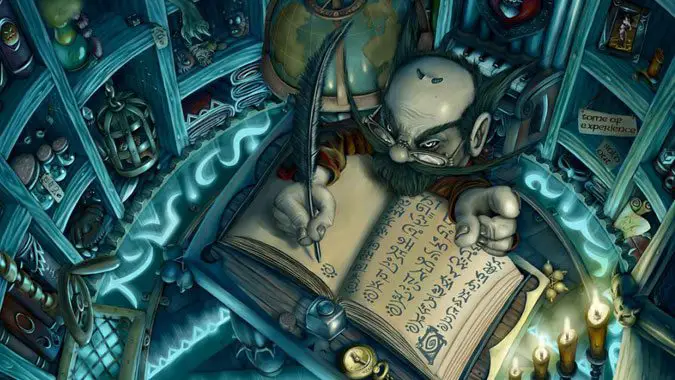
Plotting
If you’re running an event, organization is key. You want to be aware of what you’d like the players to accomplish to move that story along. Ideally, you should write it all down, just for your own reference purposes, and to make sure you don’t forget anything important. It doesn’t have to be incredibly detailed — just a rough outline is enough. For example:
- Main plot: The body of an important NPC was found by players — they need to find out who killed the NPC, and deal with the enemy.
- Event 1: Players meet up to discuss the issue. All clues should point to Winterspring for more information. By the end of the event, introduce new NPC for players to question between events 1 and 2, if needed.
- Event 2: Winterspring: It’s cold. Turns out there’s more than one corpse. In fact, there’s a whole cave of them frozen in the mountains. Corpses have strange runes carved in their hands, remnants of weird arcane energy. By end of event, establish two NPC contacts in Dalaran to talk to with further questions between events 2 and 3.
- Event 3: Dalaran. One NPC is telling the truth, the other is lying — but which is which? Lead players on wild goose chase back and forth between two NPCs. By end of event, reveal the liar — who then makes a break for it, to Suramar.
- Event 4: Final showdown. Players confront the NPC in Suramar, who reveals his evil plan to channel remaining Nightwell energies for [insert nefarious deeds]. Players fight and defeat enemy, all is well…except PLOT TWIST: NPC was working for another, higher power that may or may not seek them out in the future for vengeance.
If each event is a weekly activity, you’ve got a month’s worth of material to work with here.
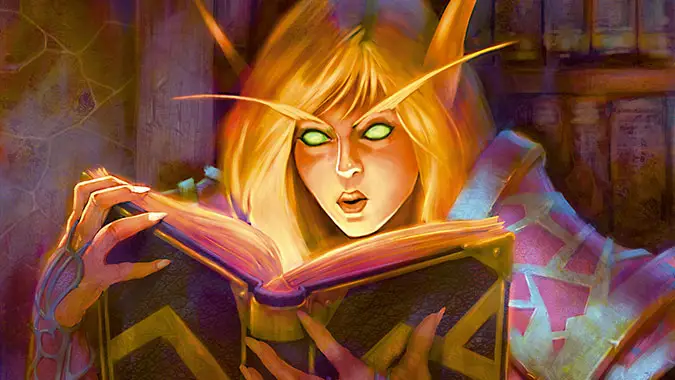
Scheduling
The biggest hurdle you’re going to run into here is simply a matter of scheduling. Not every player has the same schedule, and players may not be available for every event. Whether you’re dealing with a guild or group, you want to make sure you establish everyone’s availability. Ask everyone to write down the times they aren’t available for roleplay. Then take a look at that list, and figure out a time that ideally works for the most people.
You may have people that miss events. That’s okay, and you should reassure the players in question that it’s okay as well. If you’re running a multi-event storyline, try to make sure that everyone can participate in at least one event. For players that miss events, try scheduling catch-up sessions in between events. This helps to keep them in the loop, and gives them some roleplay as well.
Make sure you have a timeline, and stick to it. You don’t want a storyline to run on too long — even the best stories will get stale if they don’t get a relatively quick resolution. Generally speaking, a storyline shouldn’t run longer than 4-6 weeks. In the example above, there’s room at the end of the storyline to introduce another 4-week chunk of story at some point in the future. You want to give people breaks in between storylines so they aren’t feeling overwhelmed, and so they still have time for that open-world roleplaying they love.
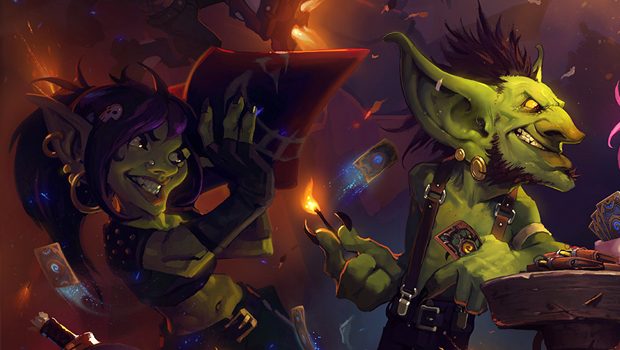
Have a support network
Running a storyline isn’t as easy as it looks — you have to be able to think on the fly. If you have a specific outcome you’d like to reach by the end of an event, you have to guide your players to that outcome. And in between the events you’re running, you need to keep in touch with players and make sure any questions they have are answered.
If this seems a little daunting, try pulling another player or two in to help you out. Give them a general idea of what’s going on, and what needs to be accomplished. If you get stuck, your friend(s) can help you out. And if you aren’t available for player questions between events, your friend(s) can fill in and answer questions as needed.
It’s no easy task to lead players through a story of your own design — but the payoff is worth it. It’s a great way to generate a lot of participation and roleplay for yourself and others. Be creative, and above all else, have fun with it — if you’re having fun, others will too. A successful storyline is one that everyone enjoys — and a really successful storyline is one they’re still talking about six months down the road.
Please consider supporting our Patreon!
Join the Discussion
Blizzard Watch is a safe space for all readers. By leaving comments on this site you agree to follow our commenting and community guidelines.
 @Shadesogrey
@Shadesogrey



